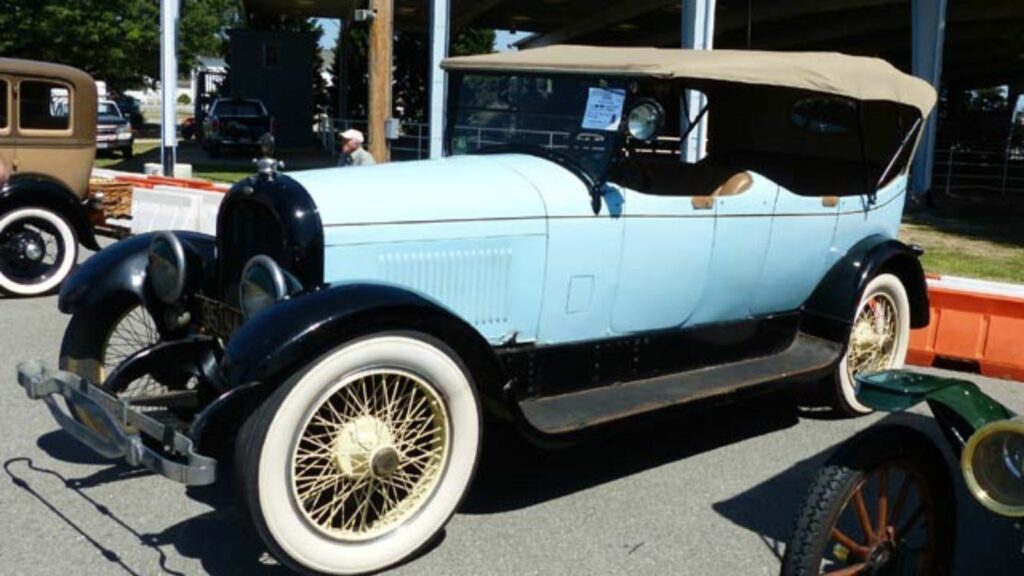The V8 engine has become one of the defining symbols of North American automotive culture. Its deep exhaust note, balance of smoothness and power, and ability to deliver both luxury and performance have made it a favorite for over a century. But the early years of the V8 were experimental, with only a handful of manufacturers daring to bring them to market. Initially they were expensive, exotic, and associated with high-end marques, but as time went on the format became more widely available. Here is a deeper look at the very first ten V8 engines that consumers could buy in North America, the years they arrived, and what made them special.
Cadillac 1914 L-Head V8
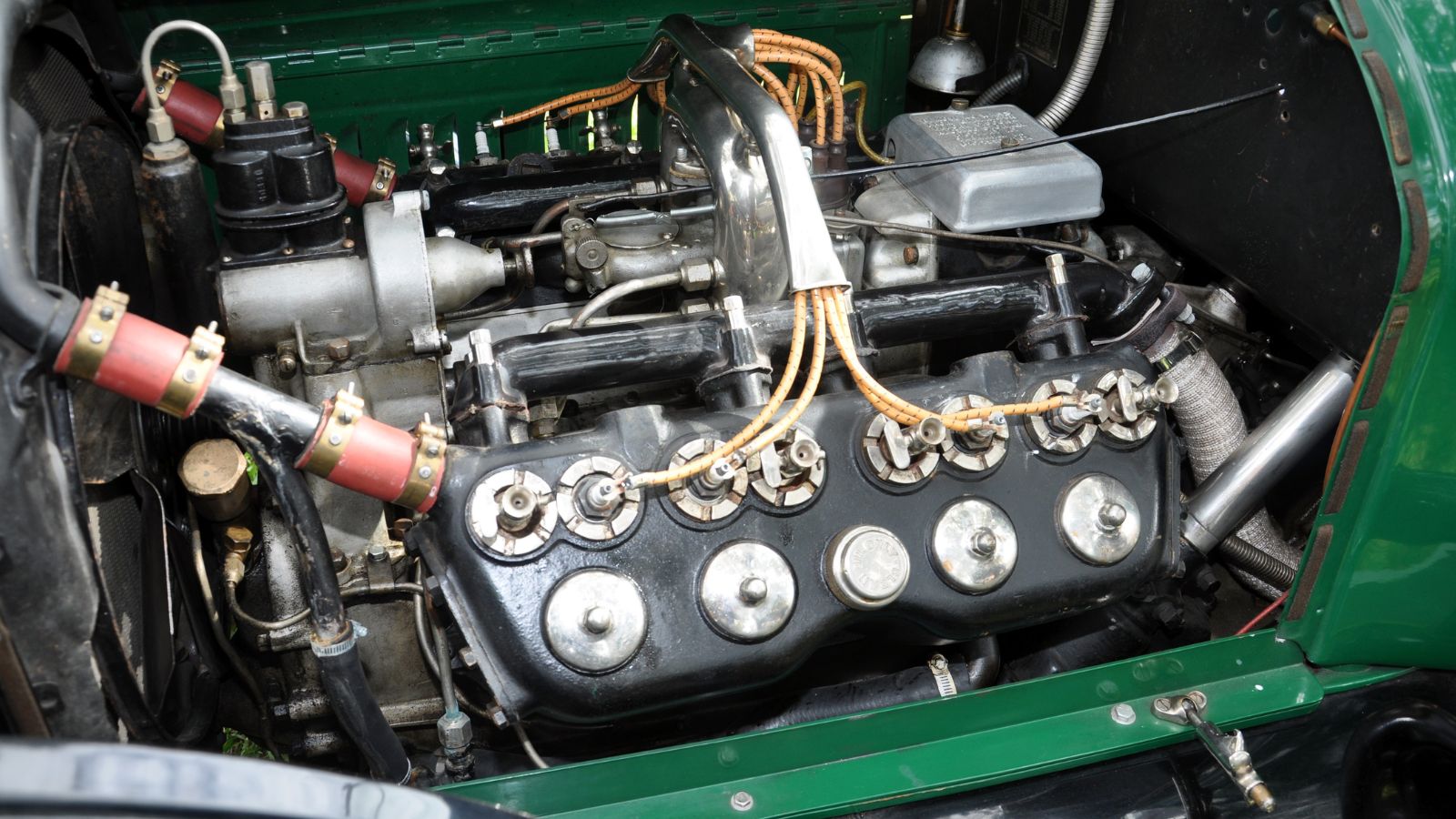
The Cadillac L-Head was the first mass-produced V8 engine available to the public in North America. Launched in 1914, it displaced 314 cubic inches and produced about 70 horsepower, a staggering figure at the time when most cars made less than half that. Cadillac designed the engine with a 90-degree layout and side-valve (flathead) construction, which made it smooth and reliable compared to multi-cylinder inline engines of the period. This engine gave Cadillac a massive prestige boost and set the company apart as a technological leader. It was so influential that it shaped Cadillac’s luxury image for decades.
Peerless V8 in 1915
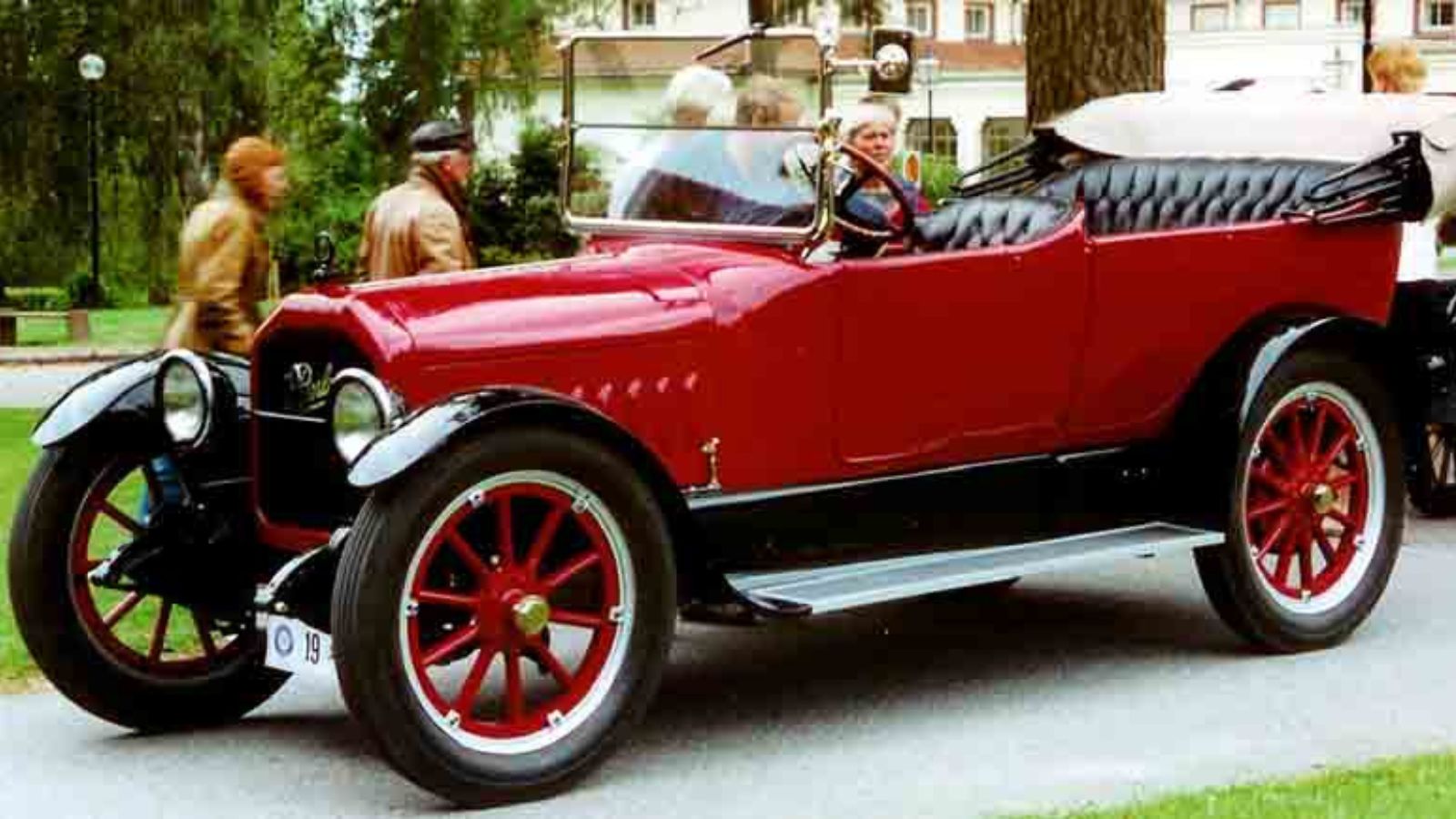
Peerless, one of the so-called “Three Ps” of American luxury alongside Packard and Pierce-Arrow, introduced its V8 in 1915. With a displacement of 332 cubic inches and power output of around 80 horsepower, the Peerless engine was considered both refined and powerful. Peerless built fewer cars than Cadillac, but its V8 helped reinforce the idea that eight-cylinder power was a mark of prestige. Peerless cars equipped with the V8 were smooth, quiet, and designed for wealthy buyers who wanted the latest in engineering sophistication.
Oldsmobile 1916 V8
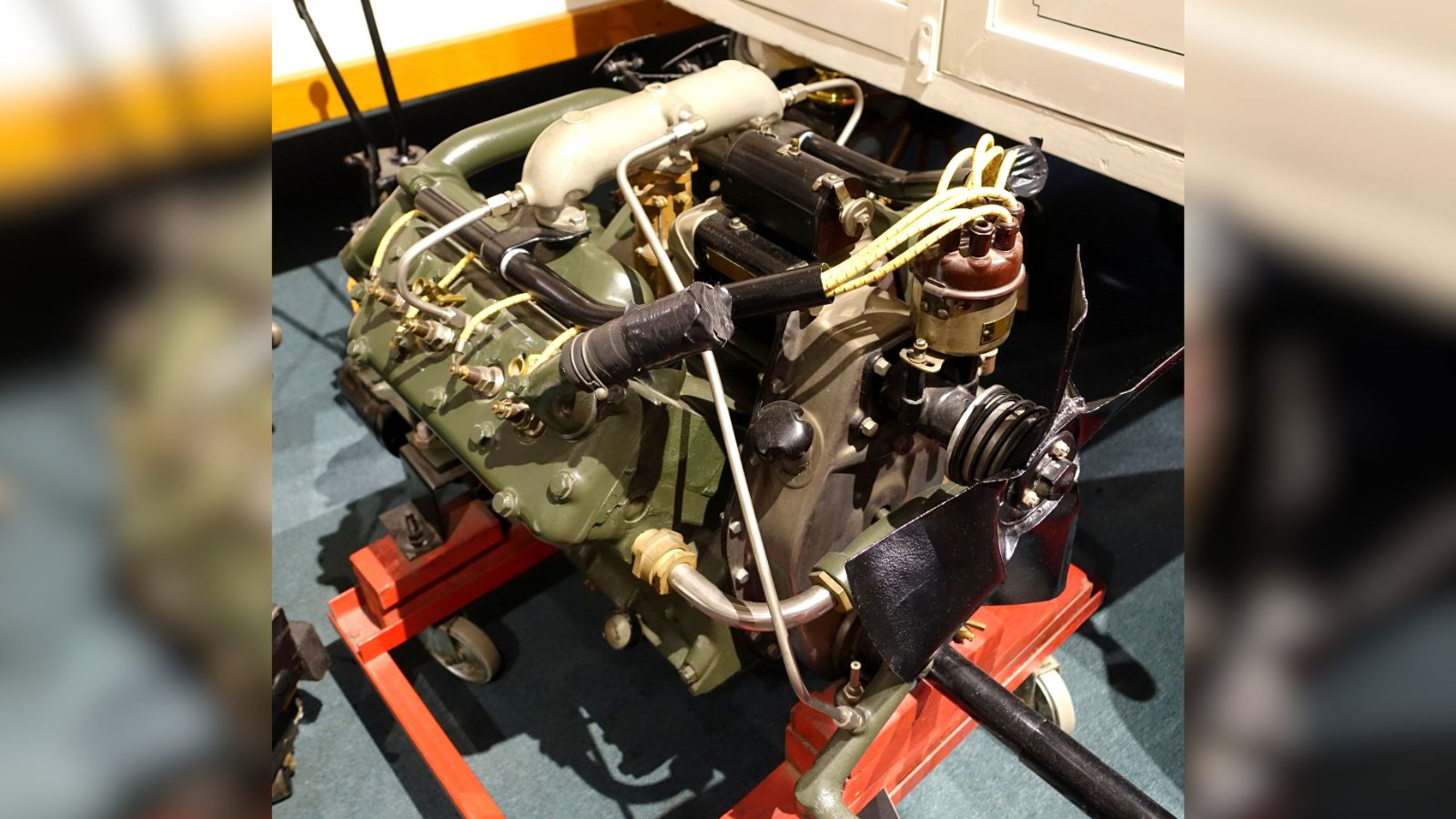
Oldsmobile made the V8 more accessible when it introduced its own version in 1916. This engine displaced 246 cubic inches and produced roughly 55 horsepower. While less powerful than Cadillac’s or Peerless’s, it was designed to be affordable to a broader range of buyers. Oldsmobile’s adoption of the V8 was important because it pushed the technology out of the purely luxury segment and into the reach of more middle-class consumers, setting the stage for the V8’s eventual popularity across all market levels.
Chevrolet Series D V8 in 1917
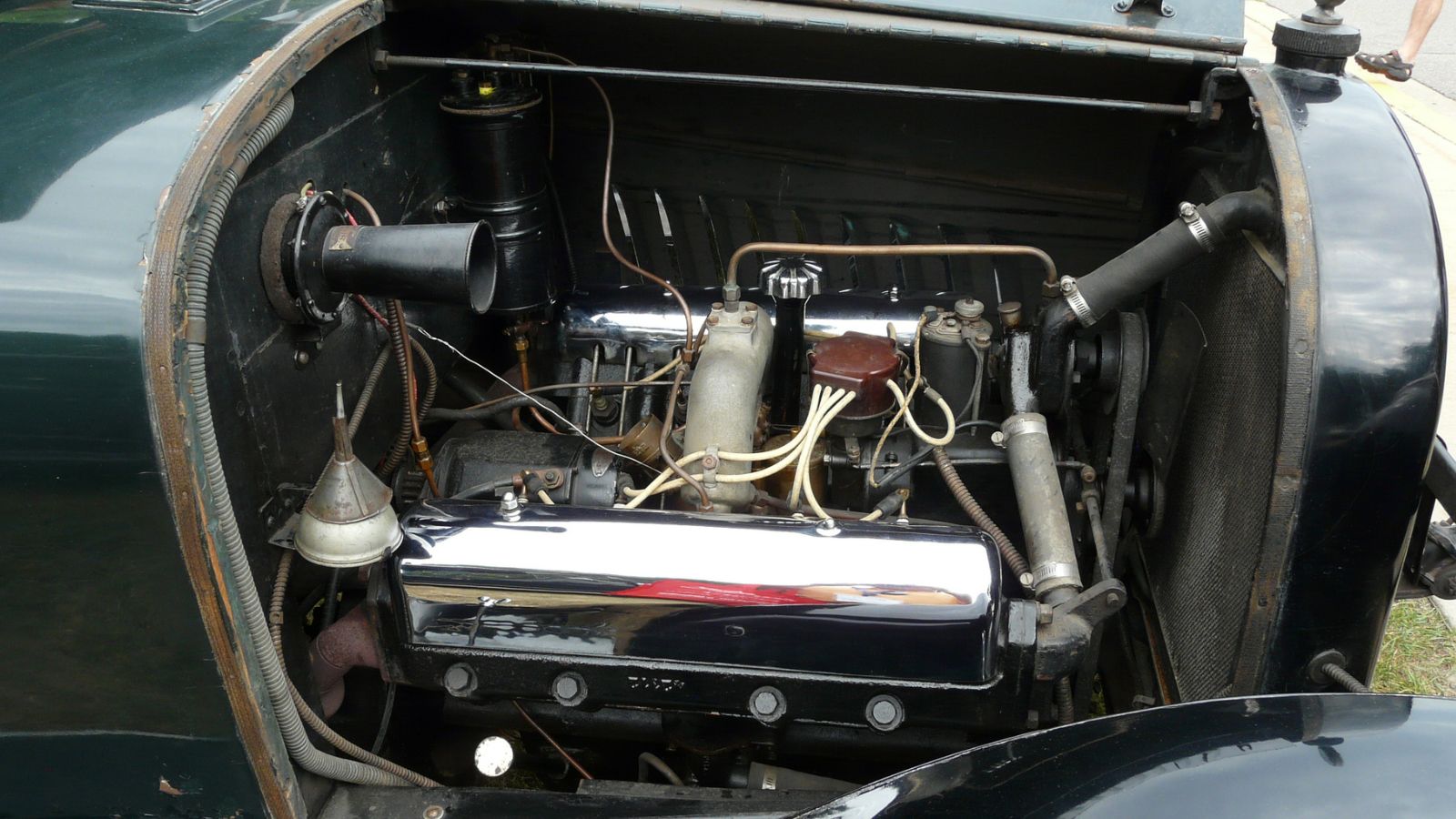
Chevrolet experimented with its own V8 early in its history, introducing the Series D model in 1917. This car featured a 288 cubic-inch engine rated at 36 horsepower. Although the output seems modest, the real achievement was Chevrolet’s attempt to bring V8 technology to a mass-market brand. Unfortunately, the Series D was short-lived, ending production in 1919 due to high costs and lukewarm sales. Even so, the attempt was significant because it showed that Chevrolet was willing to experiment with the same kind of advanced engines usually reserved for high-end cars.
Lincoln L-Series V8 in 1920
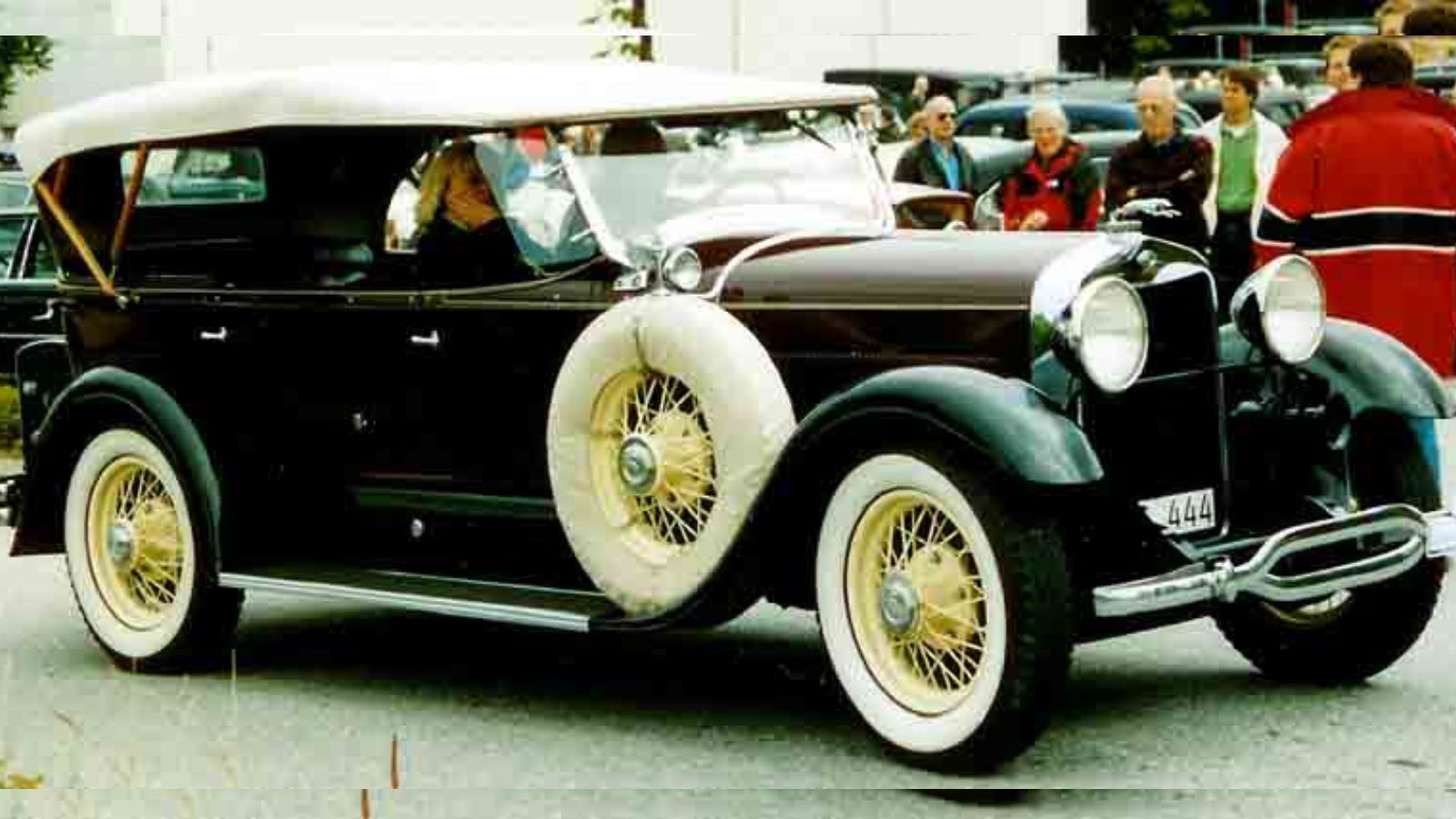
Henry Leland, who had founded Cadillac, left the company and started Lincoln, bringing with him a deep understanding of V8 technology. The first Lincoln, the L-Series introduced in 1920, came with a 357 cubic-inch V8 producing about 81 horsepower. The engine was smooth, strong, and ideal for the luxury clientele Lincoln targeted. It quickly earned a reputation for refinement and power. This engine, paired with Lincoln’s reputation for quality, helped the brand establish itself in the high-end American market where Cadillac already dominated.
Marmon 1923 V8
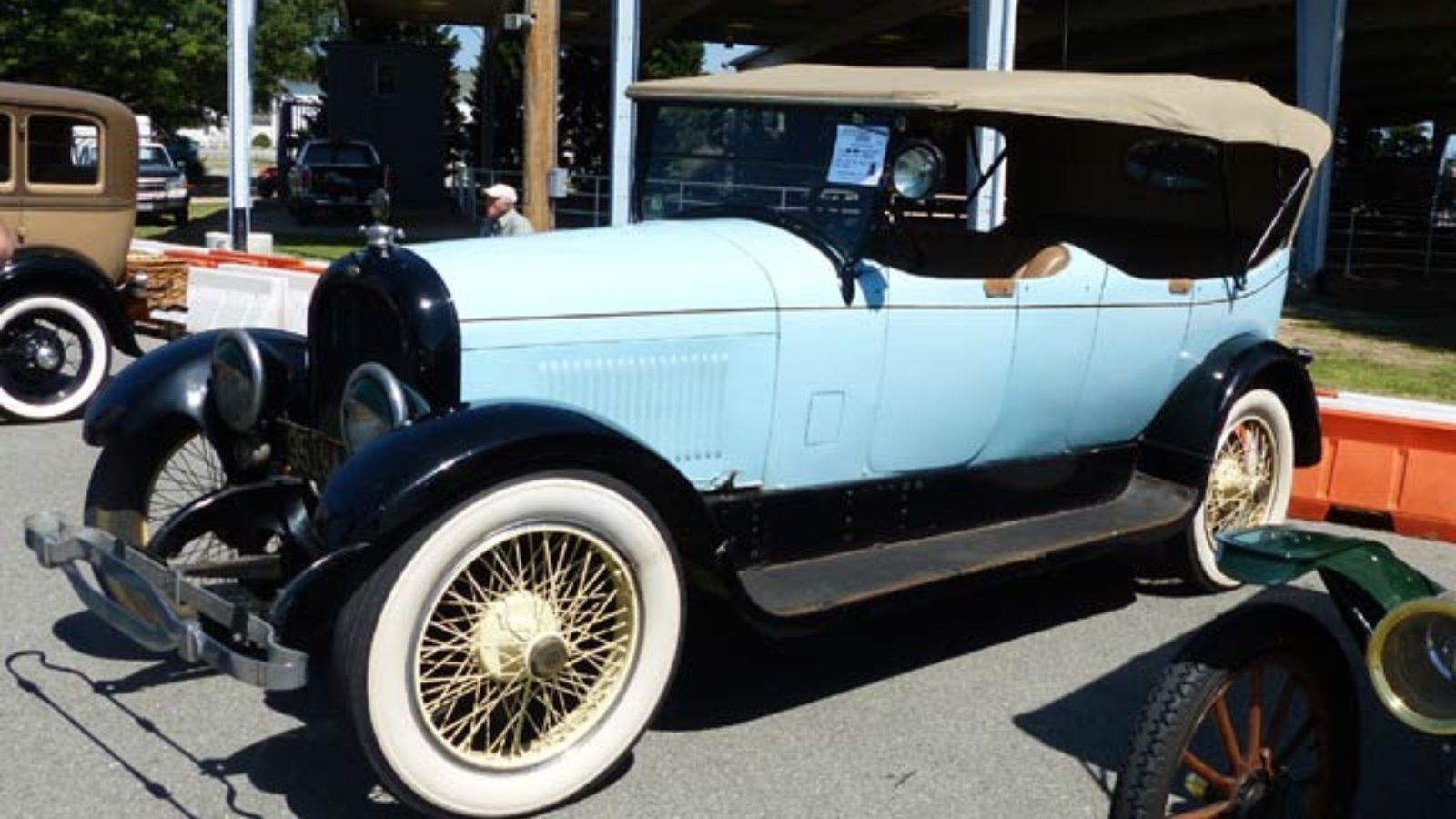
Marmon was a small but highly respected American manufacturer known for its engineering innovations. In 1923 it introduced a lightweight V8 engine that was ahead of its time. Smaller and more efficient than many of its contemporaries, Marmon’s V8 made the brand competitive with the larger luxury automakers of the 1920s. Marmon would later go on to produce one of the earliest V16 engines, but its 1923 V8 showed that the company was willing to innovate in every direction. While production numbers were low, its engineering influence was significant.
LaSalle V8 in 1927
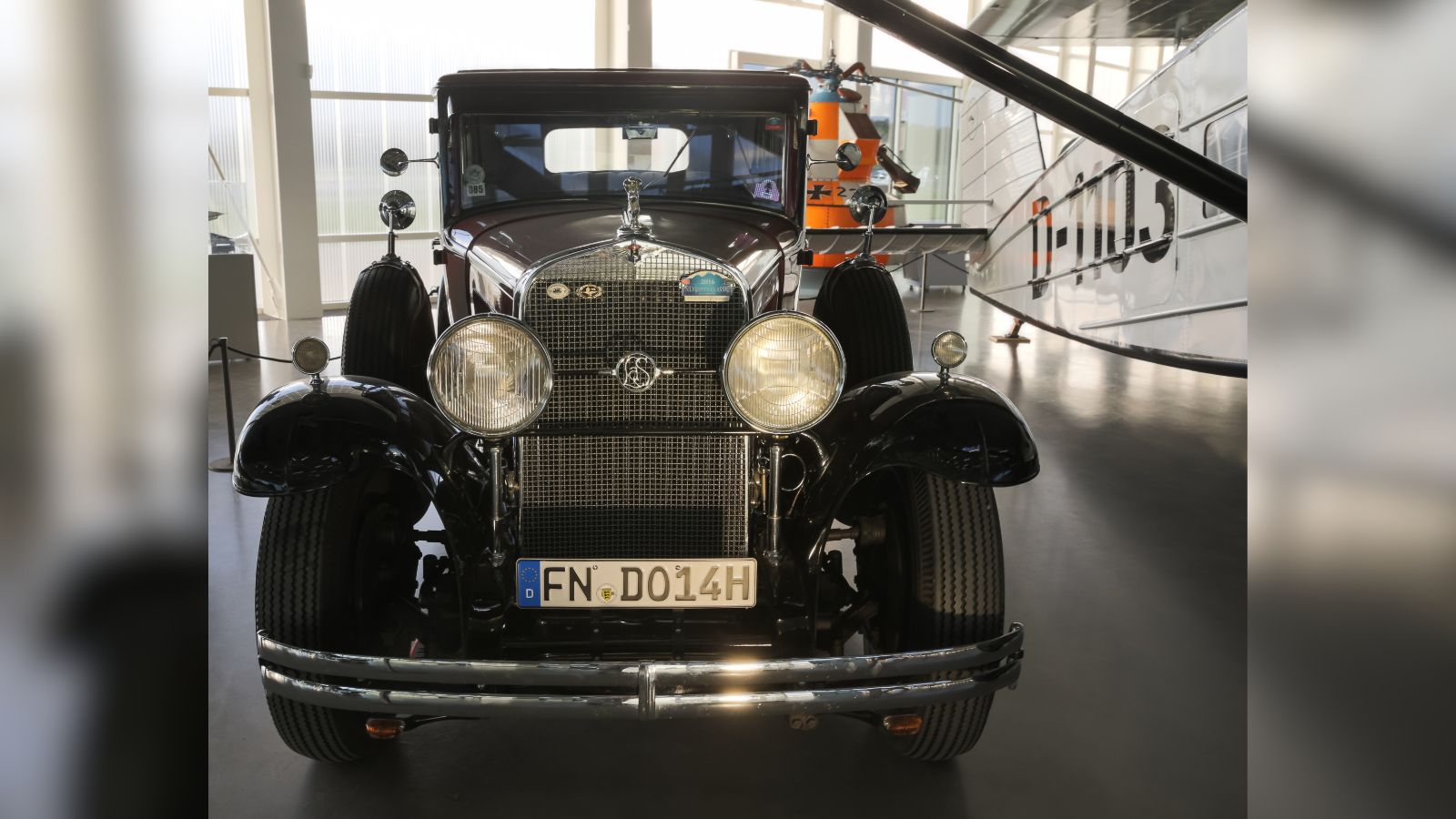
LaSalle was launched in 1927 as a companion brand to Cadillac, offering younger and more stylish cars at a lower price point. Its early models borrowed Cadillac’s proven V8s, giving consumers access to the same prestige in a more affordable package. This move not only made V8 power more attainable but also helped GM use LaSalle as a testing ground for design and marketing. Though the brand was eventually discontinued, its role in spreading the V8 to new audiences was important.
Peoples V8
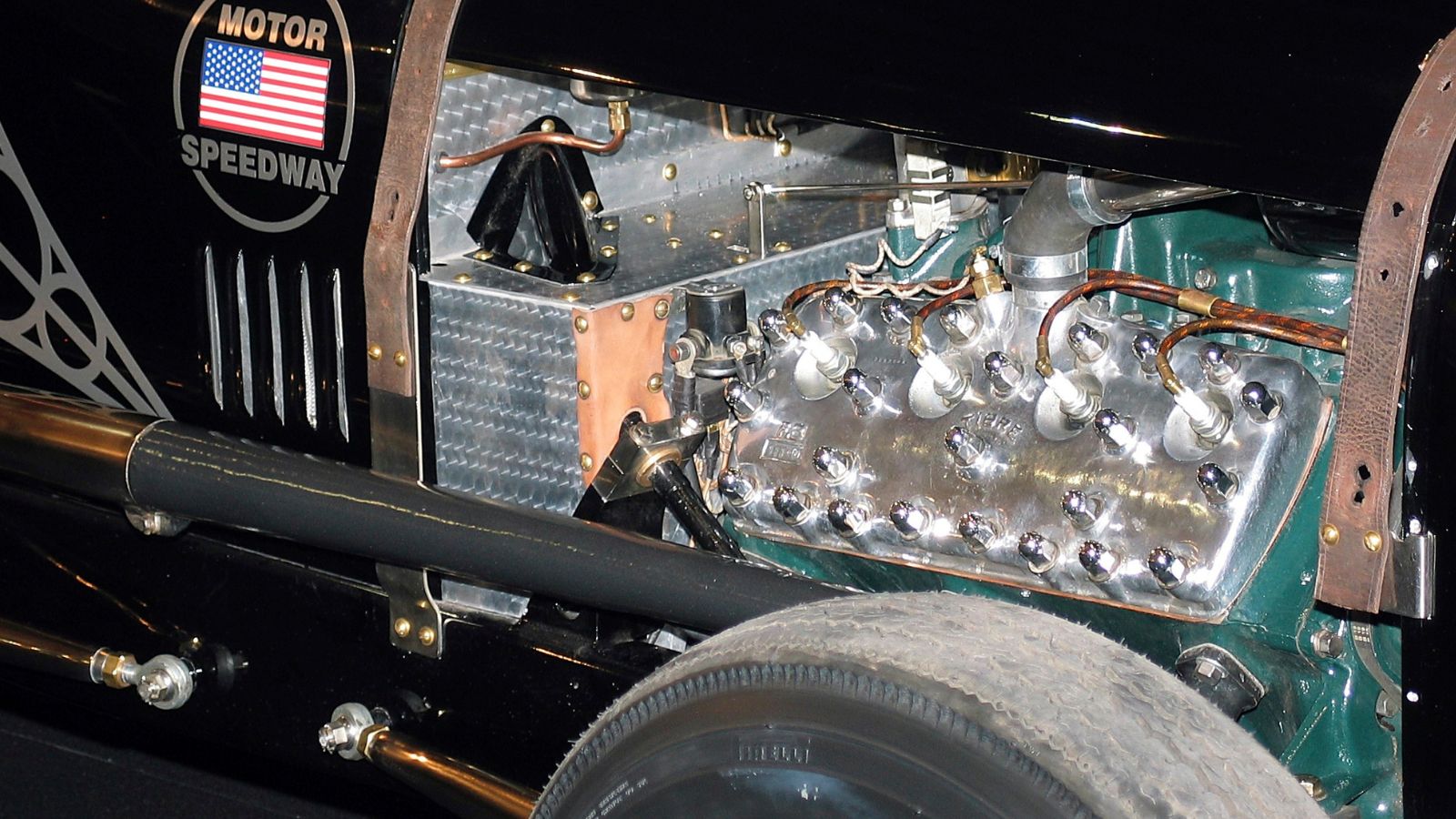
From Cadillac’s pioneering 1914 L-Head to LaSalle’s stylish offerings in 1927, these seven engines were the foundation of North America’s love affair with the V8. At first, they were symbols of wealth and technological progress, appearing mostly in luxury brands like Cadillac, Peerless, Lincoln, and Marmon. But as Oldsmobile, Chevrolet, Oakland, Chandler, and LaSalle entered the picture, the V8 gradually became accessible to a broader audience. These early pioneers proved the format’s durability, smoothness, and prestige, paving the way for the explosion of V8-powered muscle cars, pickups, and family sedans that would dominate the American market in the decades that followed.
25 Facts About Car Loans That Most Drivers Don’t Realize

Car loans are one of the most common ways people fund car purchases. Like any other kind of loan, car loans can have certain features that can be regarded as an advantage or a disadvantage to the borrower. Understanding all essential facts about car loans and how they work to ensure that you get the best deal for your financial situation is essential. Here are 25 shocking facts about car loans that most drivers don’t realize:
25 Facts About Car Loans That Most Drivers Don’t Realize
